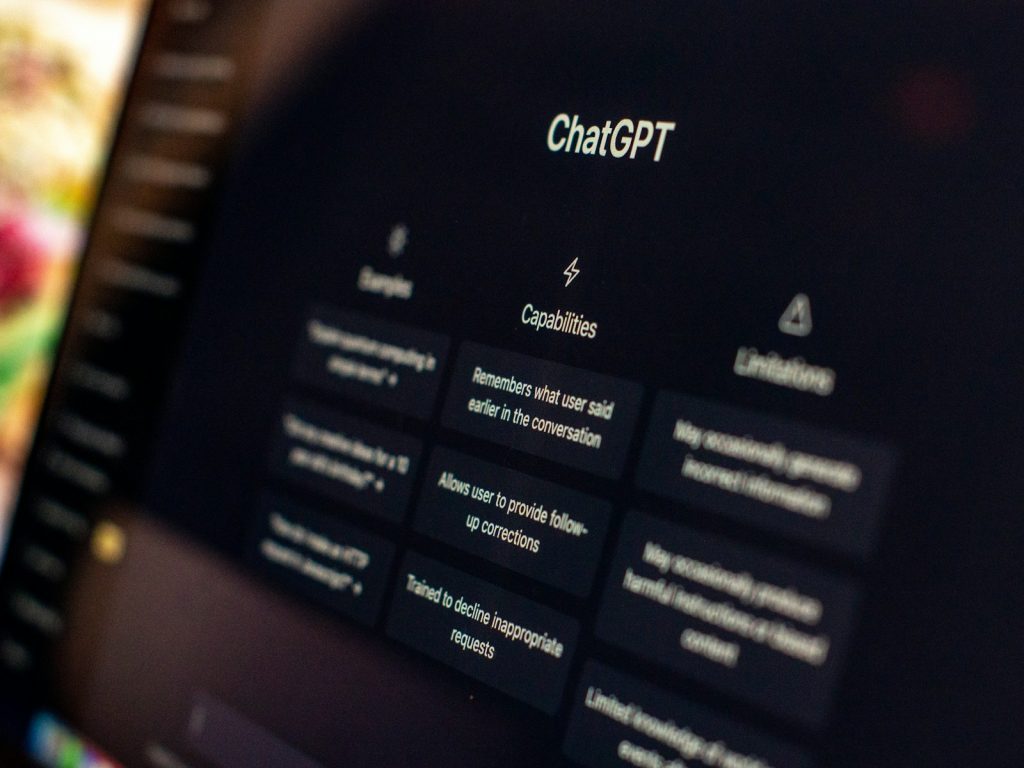CRI Guidelines
We have already discussed the origins and evolution of the CRI guidelines in our last post, as well as the specific changes made to the definitions, legal provisos and examination procedure gudidelines. This second part of the article addresses the remaining changes in the new guidelines, specifically those relating to excluded subject matter and new popular forms of technological advancements like AI.

Determination of excluded subject-matter for CRI’s
The excluded subject matters for CRI remain the same in the new 2025 Guidelines as well, except for
- “literary, dramatic, musical, or artistic work or any other aesthetic creation whatsoever, including cinematographic works and television productions
- A mere scheme, rule, or method of performing mental act(s) or a method of playing game(s)
- Presentation of information
The new CRI Guidelines bring out a detailed assessment procedure for each excluded subject matter under Section 3(k) of the Act. This includes steps for assessment, various tests to be performed, non-exhaustive practical scenarios, hypothetical examples for different types of invention claims under the excluded categories, and what their disclosures and specifications should include. The guidelines also include brief flow charts for each of these excluded subject matters, which describe the order-wise steps to be performed by the examiner, if dealing with claims or inventions under such subject matter and an annexure as well, that offers an illustrative list of additional examples to clarify what may or may not be patentable under the four excluded subject-matter of section 3(k) of the Act.
- Mathematical Methods: While the 2017 Guidelines stated that mathematical methods are not patentable but clarified that mere presence of mathematical formulas doesn’t automatically disqualify claims when applied in technical fields like encryption or signal processing, the 2025 Guidelines retain this approach but introduce a clear three-step assessment process: understanding the invention as a whole, assessing whether the solution lies entirely in mathematical processing or supports a wider technical objective, and determining patentability based on whether the solution is purely mathematical (non-patentable) or contributes technical effects to a technical field (patentable).
- Business Methods: While the 2017 Guidelines defined business methods as commercial or industrial activities involving transaction of goods or services that are excluded from patentability under Section 3(k) of the Act, with examination required as a whole when technical processes are involved, the 2025 Guidelines retain this definition but introduce a three-step approach: which includes understanding the invention as a whole; identifying whether the core solution lies in business strategy or technical solution to a technical problem; and then, determining whether the solution is purely administrative, financial, or organizational (non-patentable) or contributes to technical improvements to systems or infrastructure (patentable).
- Algorithms: While the 2017 Guidelines defined algorithm as “a set of rules or procedures or any sequence of steps or any method expressed by way of a finite list of defined instructions, whether for solving a problem or otherwise, and whether employing a logical, arithmetical or computational method, recursive or otherwise” and excluded it from patentability, the 2025 Guidelines retain this definition but introduce a detailed two-step test for examination: which includes examining the claim (procedure and steps in algorithm) as a whole; and assessing if these claims are merely abstract (non-patentable) or demonstrates a technical solution to a real-world problem (patentable). This is further supported by examples provided to illustrate this assessment process.
- Computer Programs Per Se: While the 2017 Guidelines provided basic categories for “Computer Programme per se” inventions that can be excluded under the Patent Act,1970, the 2025 Guidelines expand this with lists of categories of inventions (software) for what may or may not be excluded and clarify that the exclusion is not absolute. In other words, software can be patentable if it shows technical effects through technical means. The new guidelines also introduce a four-step test for assessing such inventions, which includes examining the invention as a whole, to find technical features, identifying the technical problem and solution, checking if the solution creates technical effects beyond basic outcomes, and determining that inventions with real technical effects are not excluded under “Computer Programme per se.”
Examination of AI/ML/DL-related inventions, and Blockchain and Quantum Computing-related inventions.
The 2025 Guidelines introduce a completely new section addressing examination procedures for modern technologies, including artificial intelligence (AI), machine learning (ML), deep learning (DL), blockchain, and quantum computing. Since these technologies are typically based on mathematical theory or abstract ideas that are non-patentable, the examination for these inventions focuses on determining whether the invention presents merely possible ideas or provides a clear and workable technical solution to a real problem. The guidelines categorize these emerging technologies into three broad types: AI/ML/DL-related inventions, Quantum Computing, and Blockchain-related inventions, and provide specific examination approaches for each of these emerging technologies, along with different scenarios and examples for better understanding.
Conclusion
We move into a more high-tech, computer based world every day and the latest surge in AI related inventions are just one of the steps to this shift. Computers and software are now integral parts of our lives, and the Patent Office has been making commendable steps to recognize the increasing industrial applicability and utility computer related inventions.
Thank you for reading our blog! We’d love to hear from you! 
- Are you Interested in IP facts?
- Would you like to know more about how IP affects everyday lives?
- Have any questions or topics you’d like us to cover?